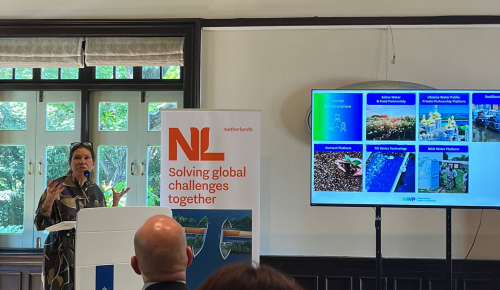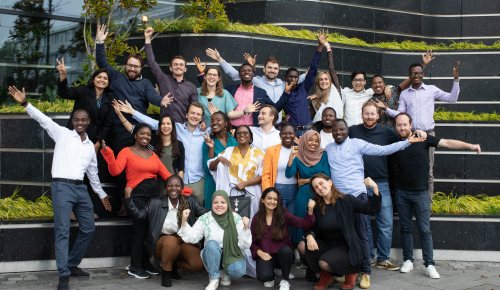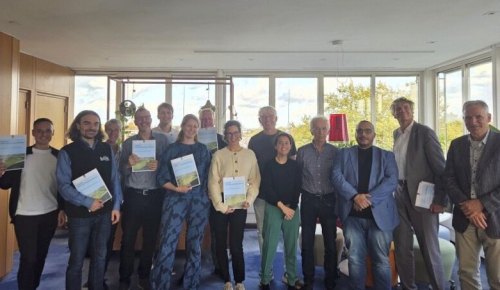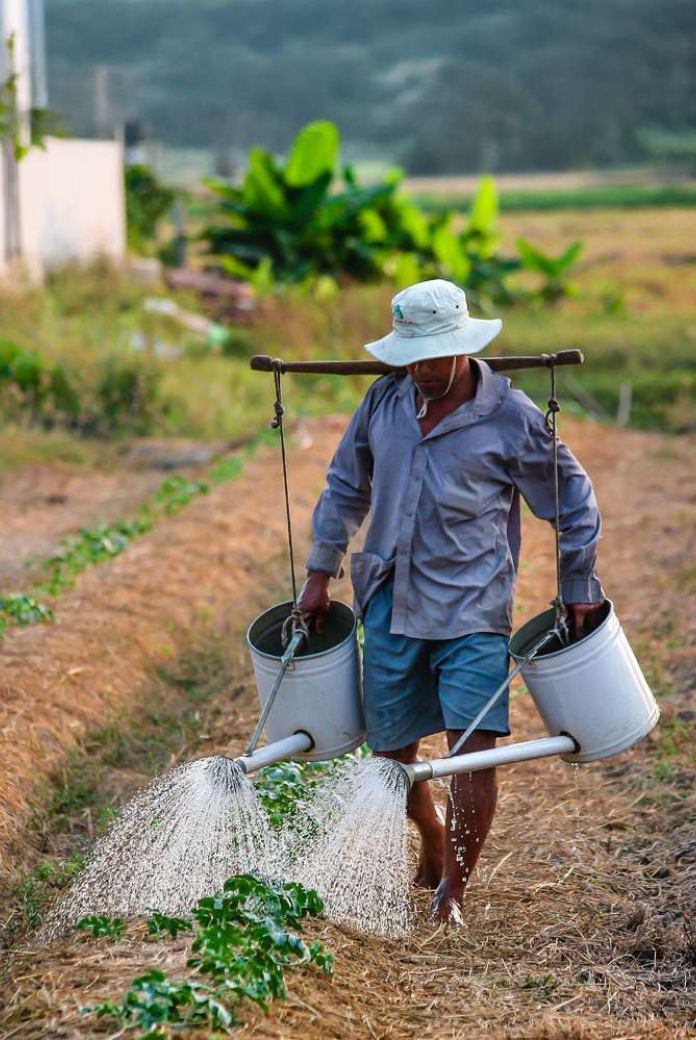News
26 May 2021First ever Chilean Water Quality Atlas Released
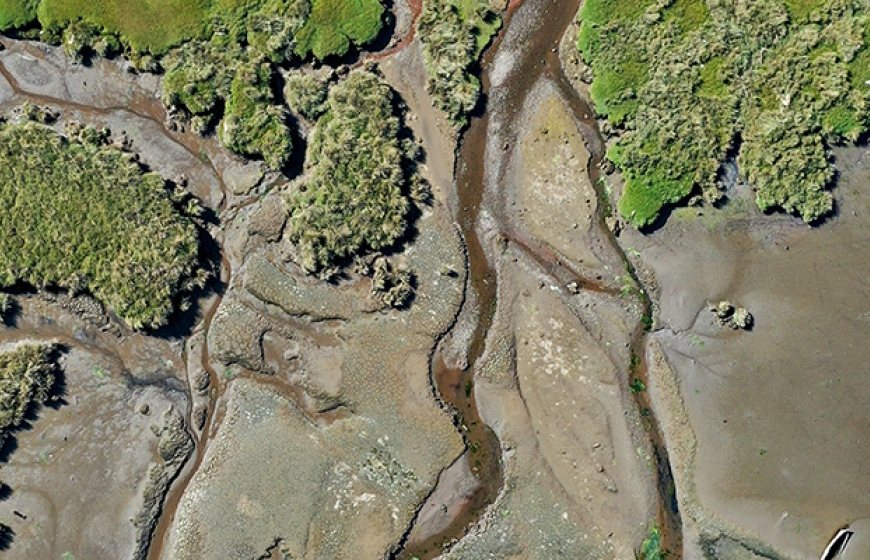
The Directorate-General of Water (DGA) of the Chilean Ministry of Public Works released the country’s first Water Quality Atlas in March 2021. This pioneering study contains a treasure trove of information on both surface and subsurface water resources in Chile. In an interview with the Netherlands Water Partnership (NWP), Diego San Miguel and Daniela Fredes Muñoz, Senior Environmental Development Analysts at the DGA who initiated the Atlas, explain why the Atlas is needed and its added value. They also discuss the water cooperation between Chile and the Netherlands.
The Chilean Water Quality Atlas contains a systematic analysis of more than 1.4 million data entries on water quality in the country, collected between the 1960s and 2018. This has led to the compilation of detailed maps, charts, and tables on issues ranging from average pH values, to dissolved oxygen levels, to the levels of heavy metals in Chilean waters. The Atlas includes information on the entire country, from the extremely arid Arica and Parinacota regions in the north, to the cold and humid Magallanes and Chilean Antarctic regions in the south. The data needed to compile the Atlas was gathered through the DGA’s nationwide water quality monitoring network.
From a concern to a motivation
When discussing the reasons for engaging in the huge task of gathering, processing, and analysing this amount of data, Fredes Muñoz mentions that data on water quality has long been neglected in Chile. “Everybody focuses on water quantity, but by creating the Atlas, we wanted to generate awareness and have an impact on water quality as well. Given the drought that Chile has been facing over the last 10 years, water quantity has become a serious issue, but if you add poor water quality to it, water has become a really scarce resource.”
The Atlas was also created to contribute to Sustainable Development Goal (SDG) indicator 6.3.2 which addresses the proportion of bodies of water with good ambient water quality. To achieve SDG 6, ensuring access to clean water and sanitation, the information was gathered in compliance with existing legislation on ecosystems protection, drew on historic database and baseline determination, and was cross-checked with national norms for water use such as drinking water and irrigation.
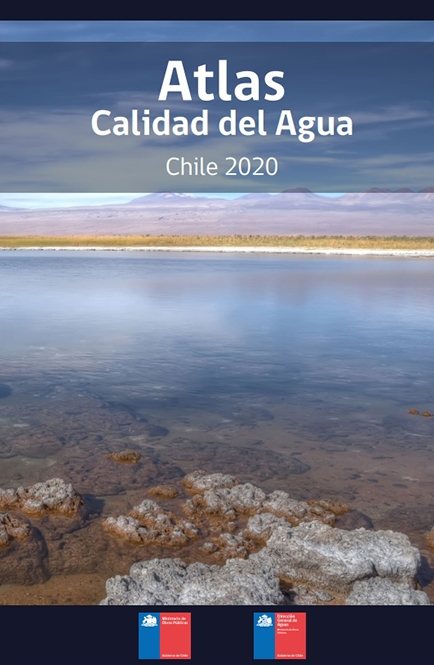
Chilean and Dutch water cooperation
The DGA is Chile’s focal point for SDG 6. In 2019, the DGA participated in the SDG 6 international workshop in the Netherlands on water quality and availability given by IHE-Delft and supported by the Dutch Ministry of Infrastructure and Water Management (I&W). They also visited Deltares’ water quality labs and exchanged information with Rijkswaterstaat water quality experts in Lelystad. The DGA representatives gained knowledge and saw first-hand the type of processes and methodologies applied in the Netherlands that could be replicated in Chile to contribute to the Water Quality Atlas. When remembering this trip, Fredes Muñoz says “It was an inspirational trip. In the Netherlands we got to know how flexible water quality networks can be, both regarding the type of data collected and the location of the parameters. This enabled us to optimise our work and our resources to improve the quality of the information we gather.”
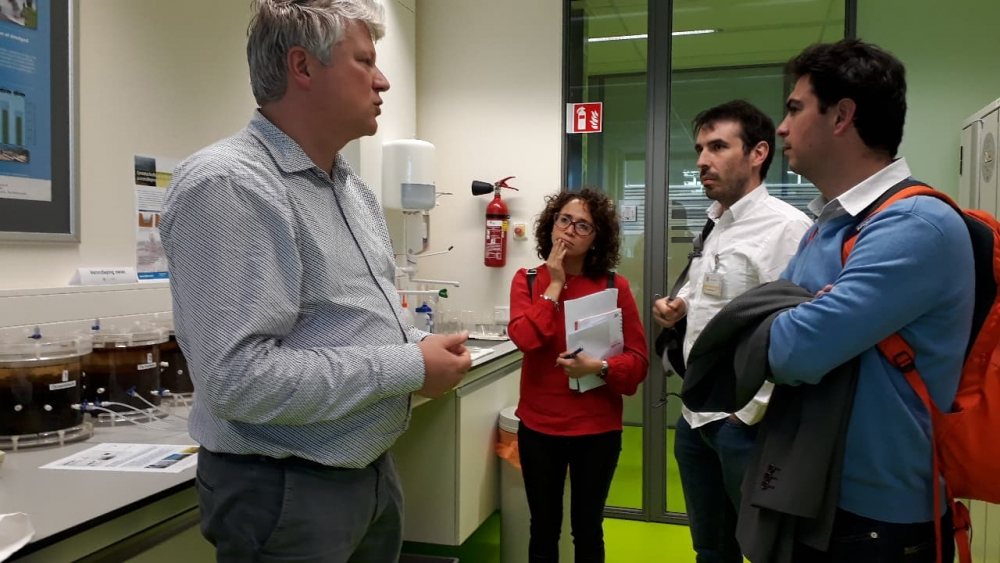
Within the framework of the bilateral water collaboration, Chile’s Ministry of Public Works and the Dutch Ministry of I&W signed a Letter of Intent in 2016 to stimulate cooperation in the fields of water governance, water technologies, sustainable coastal management, dredging techniques, and the efficient use of water in productive sectors such as mining and agriculture. Both ministries expressed the intention to work together on information systems, including data collection and modelling, and on training and education in all these areas. The DGA’s trip to the Netherlands in 2019 was a clear example of the ministries’ intentions.
The Partners for Water Programme (PFW), coordinated by the Dutch Ministry of I&W and implemented by the Netherlands Enterprise Agency RVO and NWP, is a key factor for enhancing cooperation activities on water security in Chile. The PFW supports bilateral knowledge exchange and business relations on international water projects. One example of a project in Chile, is GirAgua – an aquifer recharge project that has been worked on by Chilean and Dutch partners since 2019.
The Water Quality Atlas in practice
The detailed information contained in the Water Quality Atlas and its extensive geographical scope is expected to be of great value to decision makers in the private sector that work in the Chilean water sector. Moreover, the Atlas can be of great use to the public sector and to academia. Fredes Muñoz points out that the wide-ranging information in the Atlas on water quality in Chile is well structured and that it is user friendly.
According to San Miguel, the DGA is now creating a platform to host the information. The platform will be offered as a tool for agricultural and drinking water projects, as well as for Chilean civil society in general. On the last, San Miguel states: “The environmental awareness of Chilean civil society has been increasing, which has led to more concerns about water quality. This in turn is reflected in the fact that the DGA is one of the three institutions that receive the most information requests from civil society in Chile.”
Regarding the public sector, Fredes Muñoz points out that more information on the quality of water sources will allow project development and infrastructure to be better addressed. Specific examples are planning of potable water systems in rural areas and identifying or avoiding salinisation problems or nitrate pollution. She continues, saying “The Atlas allows more effective investment in and protection of resources.”
The Atlas can also be used by water treatment companies that want to expand and need information about the water quality in new areas. They also need to know if their work will potentially pollute the recipient sources of water discharges.
Next steps for the DGA
When discussing the next steps in the process of creating greater awareness on water quality in Chile and making information on the matter more readily available, Fredes Muñoz and San Miguel point out that the priority is to improve the coverage of Chile’s most remote areas in the extreme north and Patagonia in the south. Other priorities in the DGA’s agenda are to include Chile’s vast lakes in the Atlas and continuously update the data so that it remains relevant.
More information
- The Chilean Water Quality Atlas (in Spanish) is available here.
- The Atlas is built on the 2019 National Hydrochemical Map and was compiled in conjunction with the Department of Water Resource Protection and Conservation. It can be consulted here.
- For more information about Dutch-Chilean cooperation in the water sector or to get in touch with the Chilean DGA for more information on the Water Quality Atlas, please contact Milagros Sosa, NWP Project Manager for Chile and Colombia, at m.sosa@nwp.nl.

Featured NWP members: Government of the Netherlands, IHE Delft, Deltares

